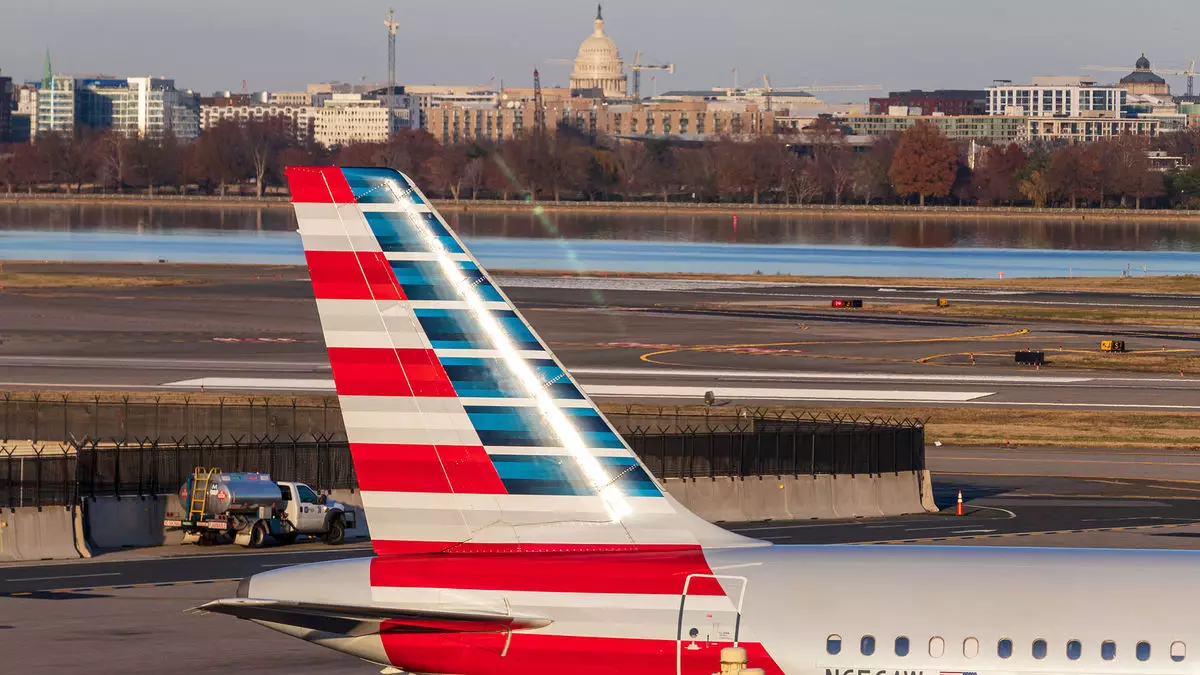In the competitive landscape of commercial aviation, corporations often play a crucial role in steering airlines’ revenue streams. American Airlines recently experienced a significant shift in its approach to corporate travel, which led to lost revenue and strained relationships. This article delves into American Airlines’ strategy adjustments and how it plans to recapture its lost market share within the corporate sector.
In an aggressive push for direct bookings and the implementation of New Distribution Capability (NDC), American Airlines found itself at a crossroads. This strategy—while innovative in purpose—alienated travel agencies and corporate clients, fracturing relationships that had been cultivated over the years. The decision to prioritize NDC bookings over traditional Global Distribution Systems (GDS) cost the airline dearly, leading to a reported 11% dip in indirect U.S. bookings in the second quarter of 2024. With these bookings generating a hefty $14 billion in revenue for the airline the previous year, American’s miscalculation became glaringly apparent.
By May 2024, the airline recognized the need for a change, abandoning its earlier strategy in favor of re-engagement with travel agencies and corporate customers. It was clear that another path was necessary for recovery.
Revisiting Relationships and Strategies
CEO Robert Isom, speaking during the airline’s third-quarter earnings call, outlined the initial recovery. Although the airline’s bookings still fell short by 10% in the third quarter, positive signs of improvement emerged. This recovery was facilitated by various initiatives, including reintroducing fare content into GDS platforms, reinstating agency-friendly policies, and expanding sales personnel. Moreover, the company announced a significant enhancement in its AAdvantage Business incentive program, aiming to attract small and mid-sized enterprises back into the fold.
This shift in focus has allowed American to recapture a part of its lost business, highlighting that while setbacks can occur, a robust recovery strategy is essential. By September 2024, the airline’s sales figures indicated a reduction in the deficit to 7% compared to its historical share of indirect bookings.
The road to recovery, however, is fraught with challenges. According to American’s chief strategy officer, Steve Johnson, the initial outreach efforts encountered hurdles as travel agencies expressed feelings of betrayal. Agencies, having felt sidelined during the aggressive NDC push, required careful navigation through their resentment. Yet as the engagement progressed, many agencies communicated their desire for increased competition within corporate travel—an encouraging signal for American Airlines as they seek to rebuild trust.
Despite this positive shift, it remains essential for American Airlines to not only focus on restoring past relationships but also to foster transparency and communication moving forward. Strengthening ties with travel agencies will be crucial for maintaining a competitive edge.
As of the latest update, American Airlines is on a trajectory to recapture its corporate travel revenue fully. CEO Isom articulated plans to restore revenue streams by 2025, emphasizing that full recovery is a process. The airline’s commitment to rebuilding partnerships, alongside the increment in their account management and sales support staff, indicates proactive efforts to reestablish its market presence.
With American also altering agreements with key corporate clients and enhancing offerings to travel agencies, the momentum appears to be in their favor. This strategic re-engagement characterizes a shift towards more collaborative efforts in the industry.
From a financial perspective, the third-quarter report showed American Airlines generating $13.6 billion in operating revenue, a minor increase from last year, and exceeding expectations set by investment analysts. While the airline reported a net loss of $149 million during this period, the operational income of $89 million demonstrates a significant turnaround from an operating loss the previous year.
While challenges remain, particularly given the estimated $1.5 billion revenue loss stemming from the failed strategy earlier in the year, American Airlines’ current trajectory indicates a cautious optimism. The announcement of ongoing recruitment for sales roles highlights the airline’s intent to bolster its corporate presence.
Rebuilding relationships within the corporate travel sector is a critical undertaking for American Airlines as it navigates its recovery journey. Acknowledging past missteps and taking decisive actions to mend fences with travel agencies and corporations reflect a robust strategy for future success. The commitment to a transparent, agency-friendly approach can position the airline for a more stable future in the competitive arena of corporate travel. As the airline moves toward regaining full corporate revenues, vigilance and adaptability will be key.


Leave a Reply